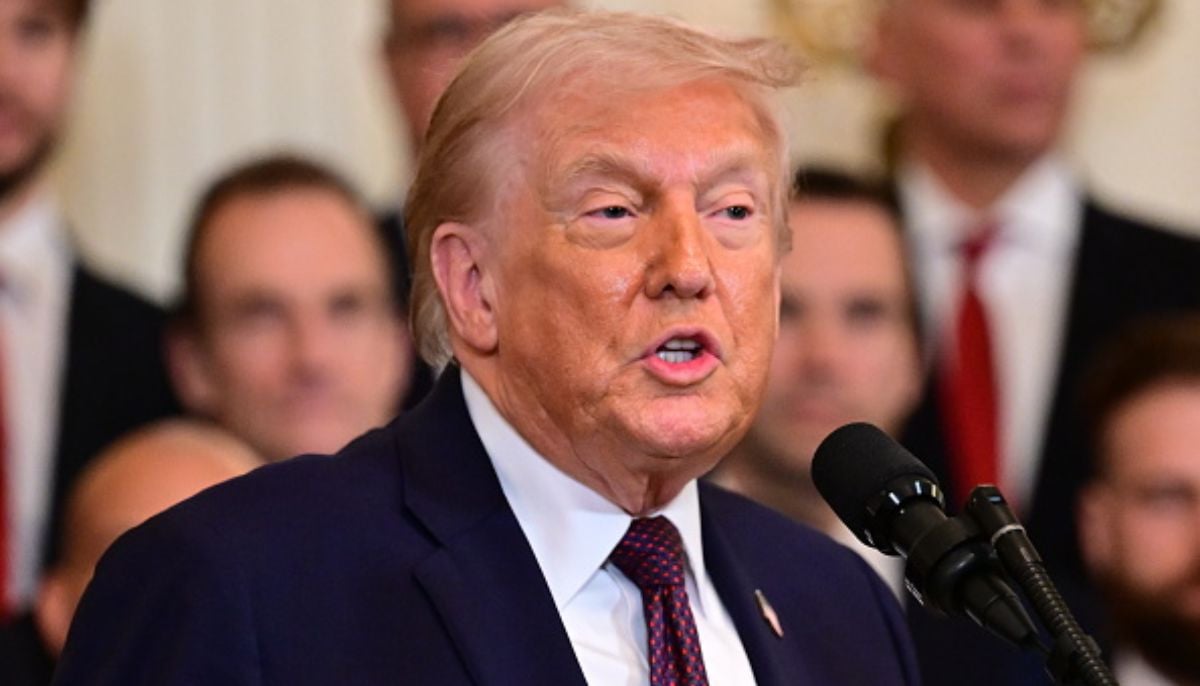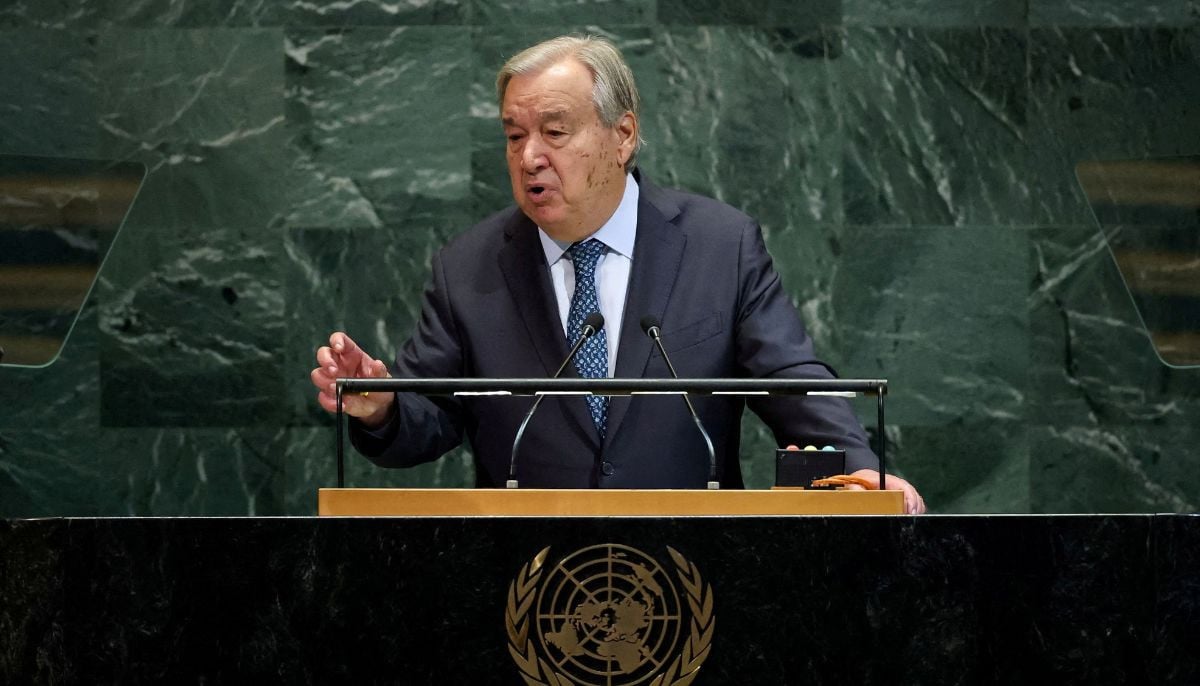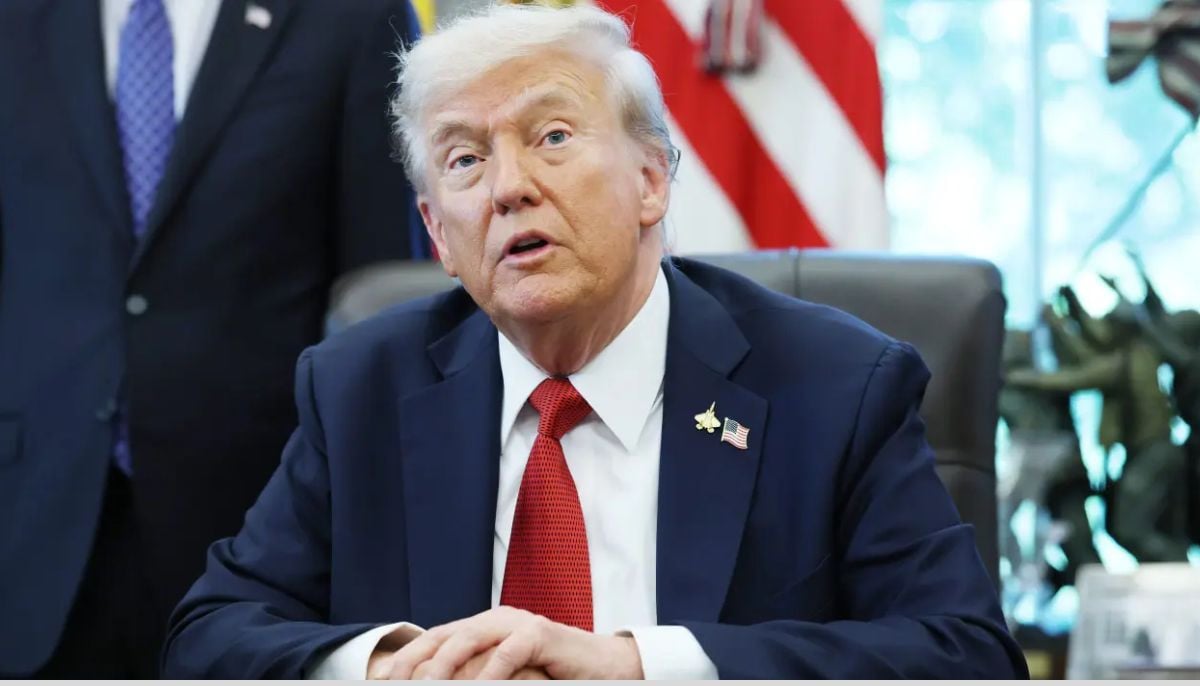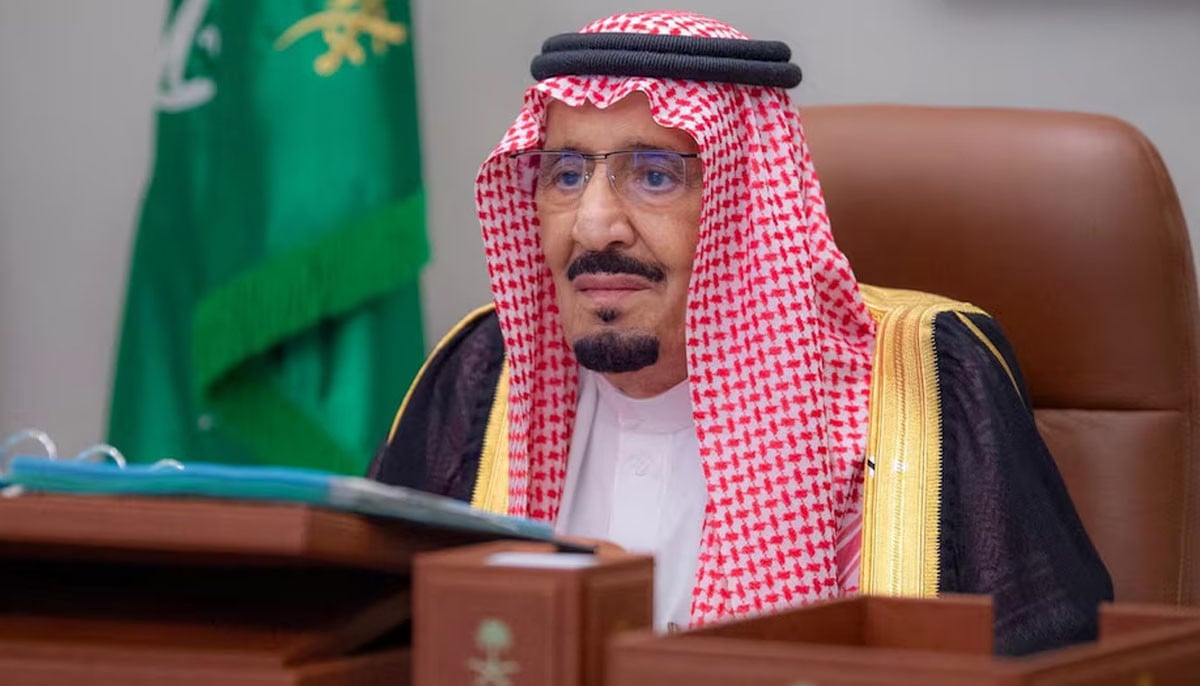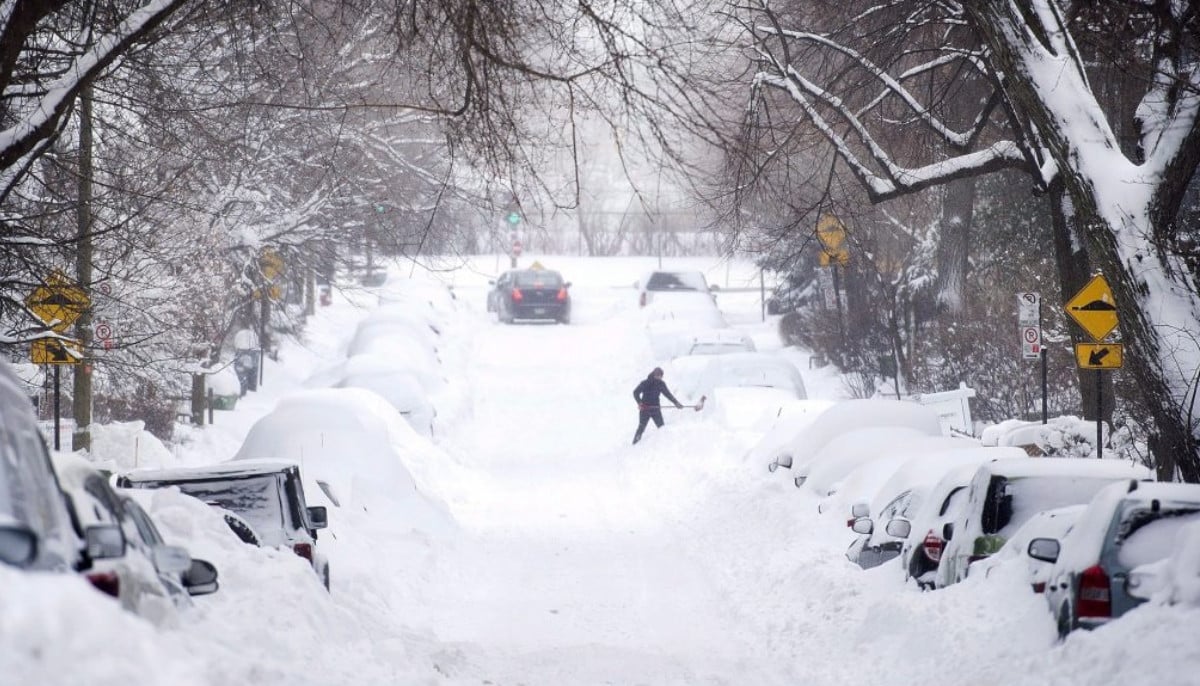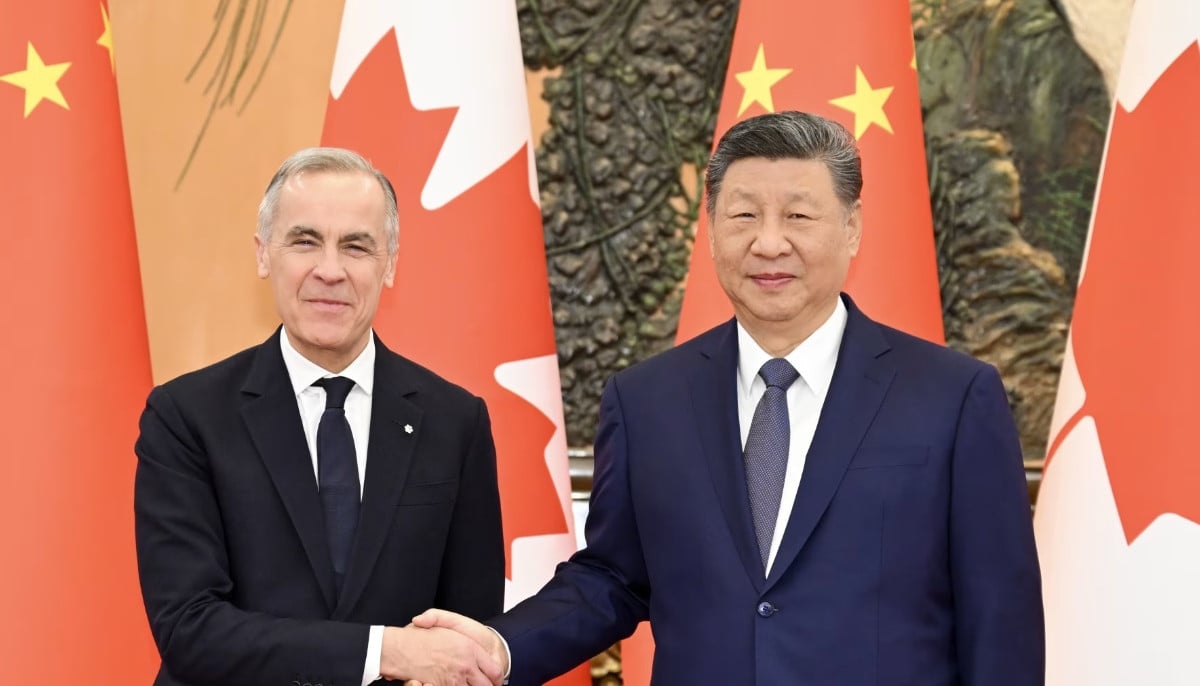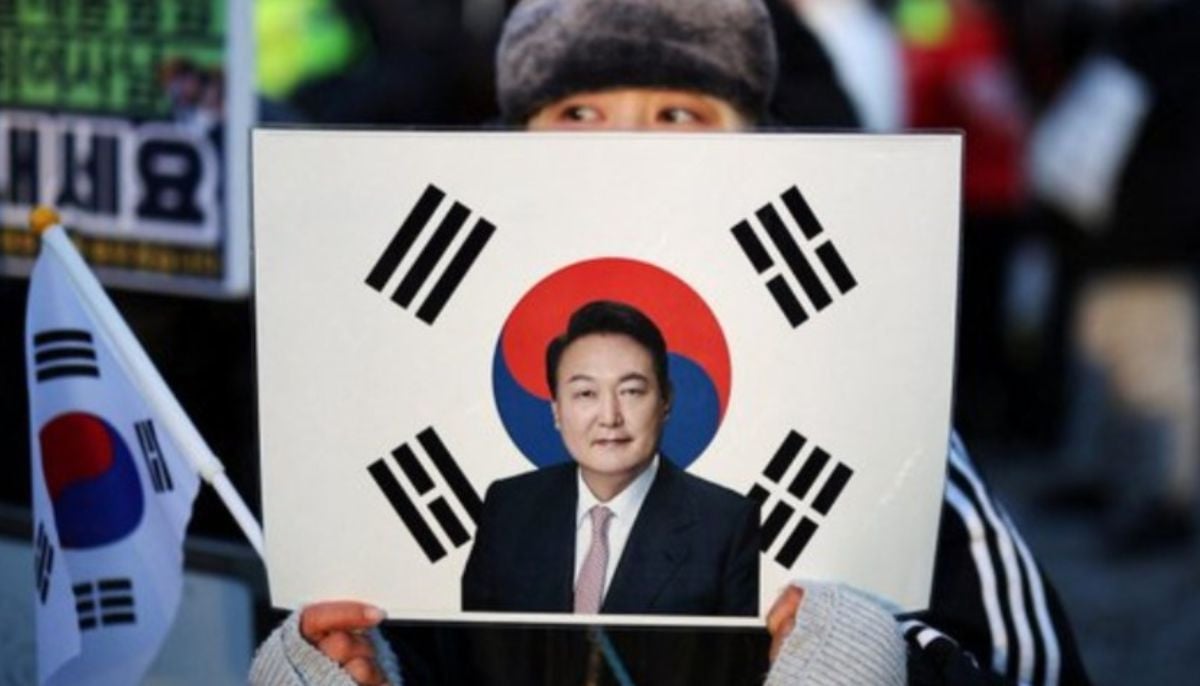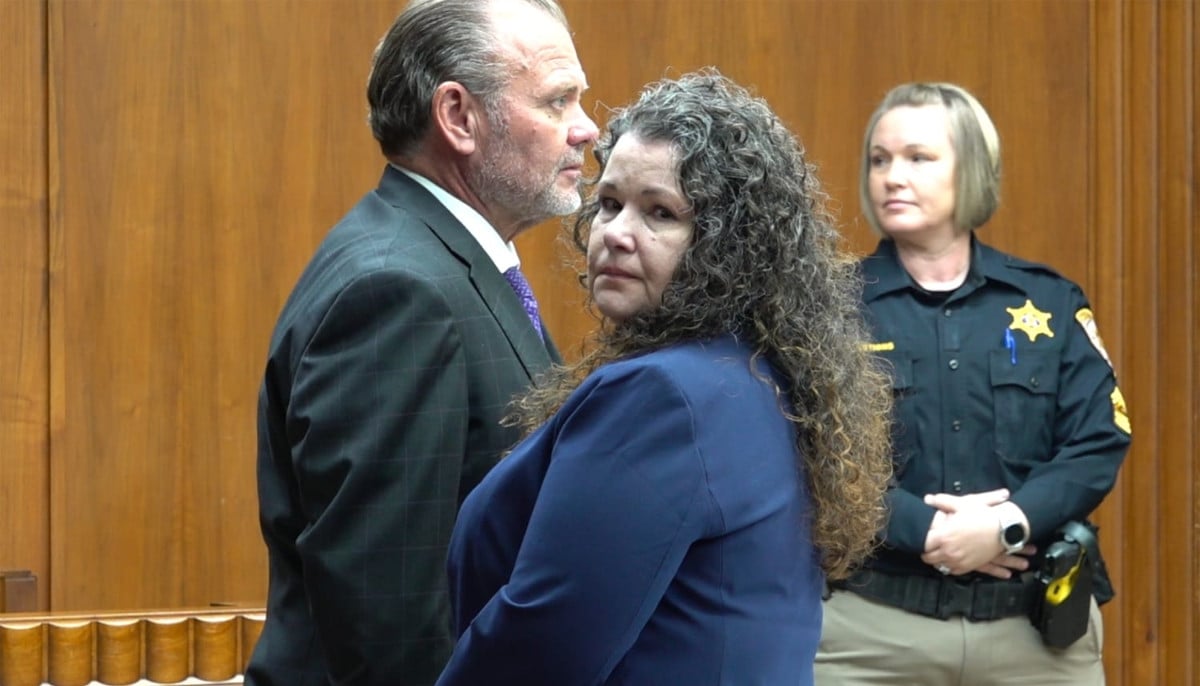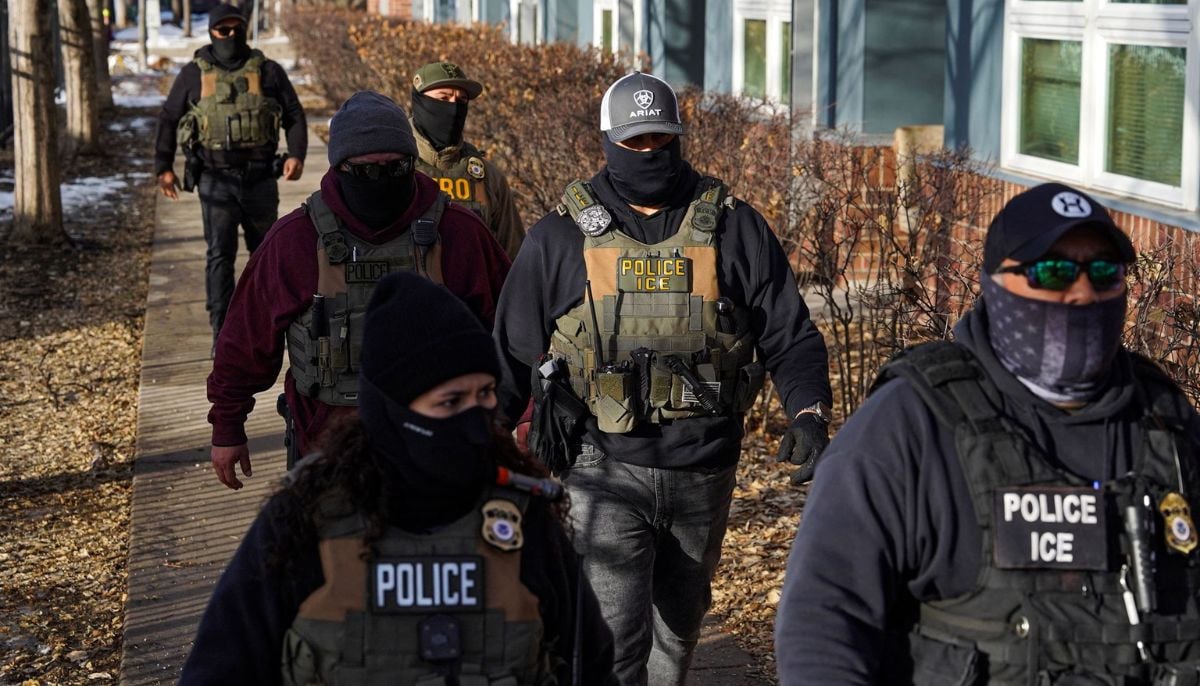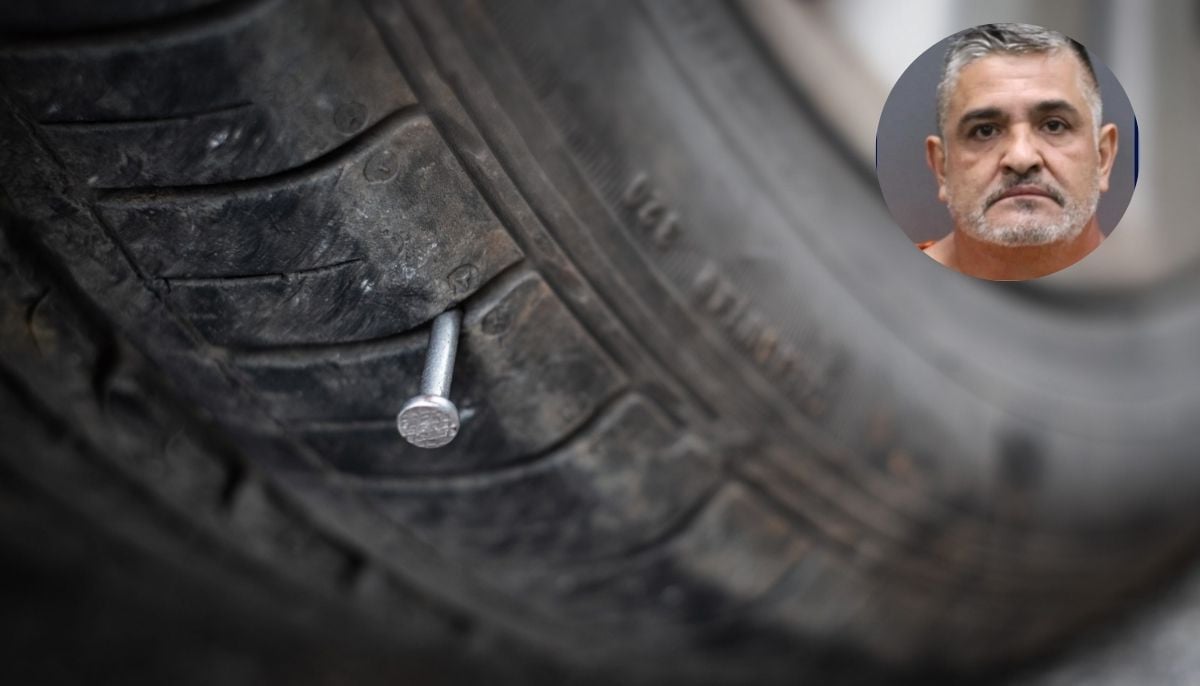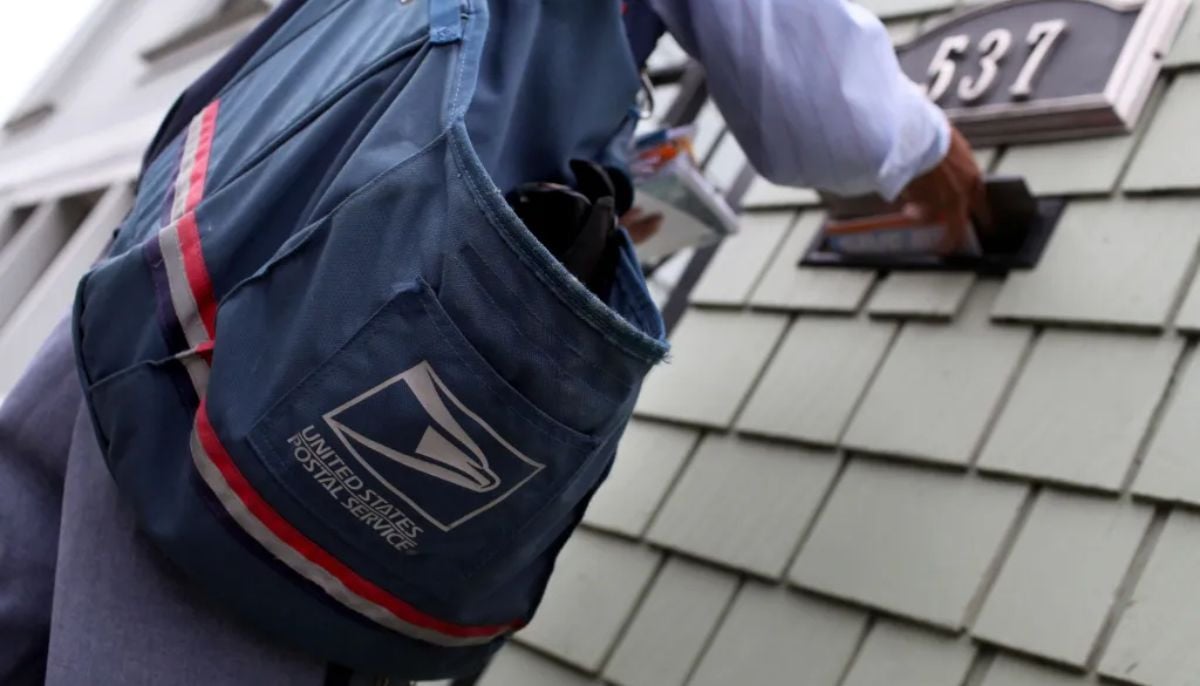Expansionist designs: India to become 3rd largest defence spender in 2018
KARACHI: Since coming to power in May 2014, war-mongering Narendra Modi has laid tremendous stress on ramping up defence facilities breaking into the world top-five defence spenders’ club.
A new analysis of arms spending from Jane’s Defence Budgets Report 2016 found that India has outgunned Russia and Saudi Arabia to become the world’s fourth-largest defence spender.
Asia’s third-largest economy spent $50.6 billion in 2016, up from $46.6 billion last year. India now has the fourth-largest defence budget, followed by Saudi Arabia and Russia. While Russia was at the fourth place last year, in 2016, it slipped to the sixth spot.
The US, China, and the UK remain the top three, IHS Jane’s data shows. The report says that by 2018 India will become the third-largest in the group, surpassing the UK.
“Procurement spending has been constrained in India over the last three years as personnel costs have increased,” Craig Caffrey, principal analyst, IHS Jane’s, said in a statement. “However, what we expect to see from 2017 onwards is a military focused on modernisation. India needs new equipment to fulfill its modernisation drive. Over the next three years, India will re-emerge as a key growth market for defence suppliers.”
In 2014, when Narendra Modi came into power, India purchased some $5.57 billion worth of arms, ammunition, and related goods from abroad. Earlier this year, India also signed a €7.8-billion deal to buy 36 Rafale fighter jets from France.
Under Modi, the government has been looking at increasing the share of domestic manufacturing in defence goods. India spends some 1.8% of its GDP on defence. Of this, up to 36% is spent on capital acquisition.
The government had also raised foreign direct investment limit for the sector to 49%, helping Indian private players partner global heavyweights. India needs to spend some $130 billion to modernise its military over the next seven years.
-
King Salman leaves hospital after 'reassuring' medical tests
-
Snow storm warning in Ontario’s weather forecast through Tuesday
-
Canada and China trade deal: All you need to know about the new agreement
-
South Korea’s ex-president Yoon Suk Yeol, sentenced to 5 years in prison: Key details explained
-
Sarah Hartsfield murder conviction prompts review of past fiancé killing
-
Restaurant workers detained after ICE agents dine at Minnesota eatery
-
Florida man held after alleged nail-scattering on busy intersections
-
Mississippi postal worker arrested after complaints of marijuana odour in letters
